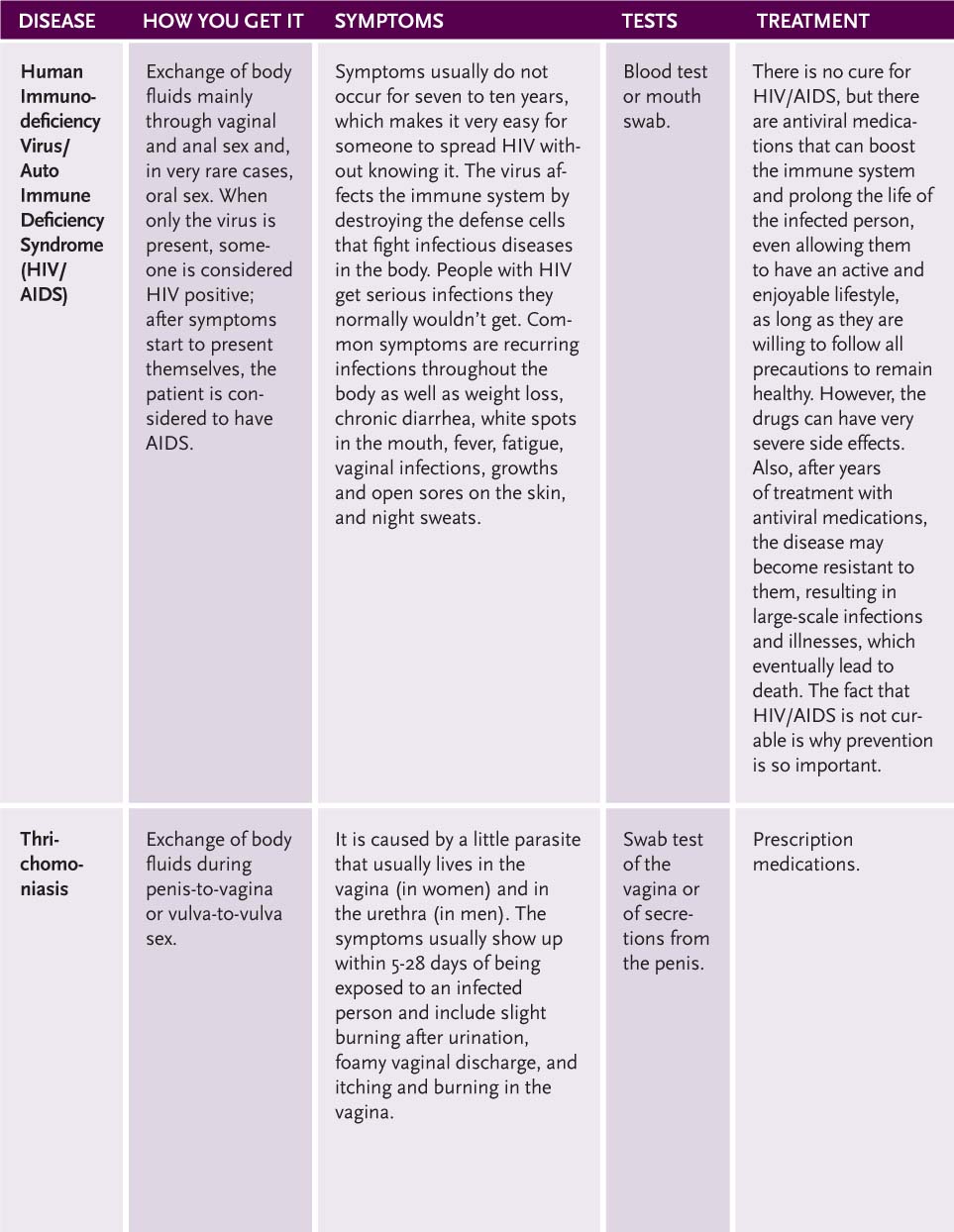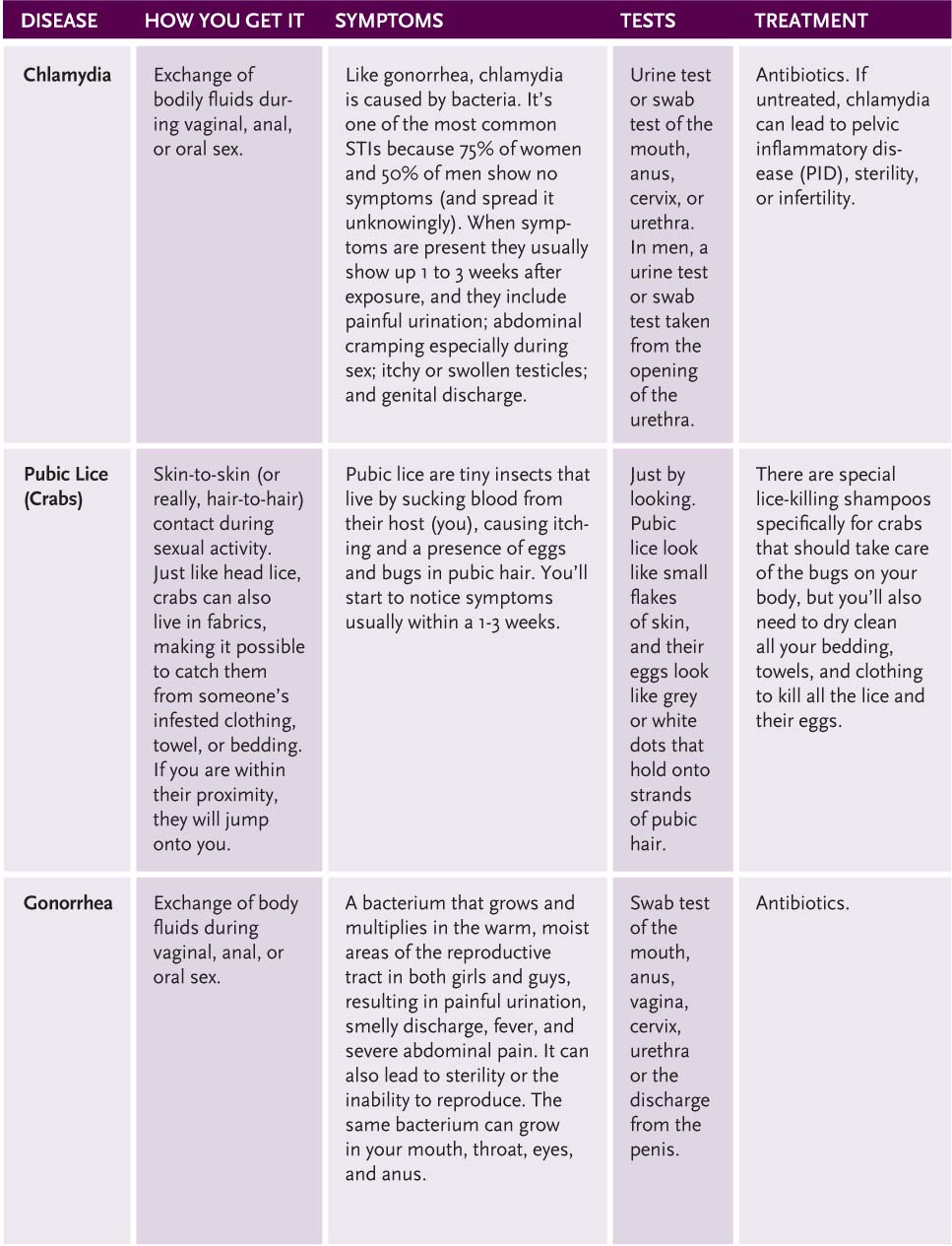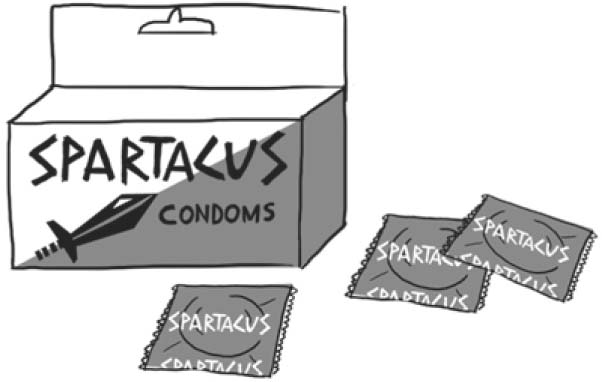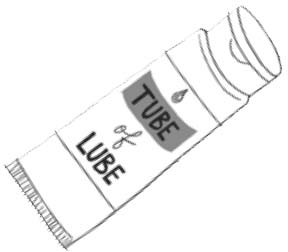Queer (22 page)
Authors: Kathy Belge

1978
RAISE THE RAINBOW FLAG
Ever wonder how the rainbow flag became our symbol? San Francisco artist Gilbert Baker was looking for a colorful and optimistic symbol to represent the new atmosphere of gay freedom, visibility, and diversity in the 1970s. He came up with the rainbow design. In 1978, he and 30 volunteers hand-dyed and stitched prototypes of the rainbow flag and flew them in the Gay Freedom Day parade (as Gay Pride Day was then called) in June. When Harvey Milk was assassinated later that same year, the community rallied behind the flag, and it was adopted as the official emblem of San Francisco's 1979 Gay Pride parade. Along with the pink triangle and the Greek letter lambda, the rainbow is now an internationally recognized symbol for queerness.
Everything you do in life comes with potential risks, sex included. So If you think you're ready to have sex, make sure you are ready to protect yourself against STIs. These are viral and bacterial infections that are transmitted via bodily fluids like blood, semen, and vaginal secretions as well as through skin contact of the genitals. They include infections like HIV, syphilis, herpes, hepatitis, gonorrhea, and HPV.
You should take sexually transmitted infections very seriously; they can cause extreme emotional and physical pain and, in some cases, death. But as long as you educate yourself about the risks and practice safer sex to help avoid them, you'll be able to engage in sex responsibly. And contrary to popular belief, safe sex is important for lesbians, too! Girls can also carry STIs and need to be just as responsible for engaging in safer behaviors. You can find out more online at the Centers for Disease Control and Prevention (cdc.gov/std).
In recent years, doctors started referring to STDs (sexually transmitted diseases) as STIs (sexually transmitted infections) because they wanted to drive home the fact that you can still be infected even if you have no symptoms. People tend to think that they don't have a disease if there is nothing obviously wrong with them, but your partner can be infected even if he or she looks totally healthyâand so can you. When talking about STIs/STDs, it's fine to use either expression.
Here's a rundown of some basic STIs, what they do, how you contract them, and what the treatment is for them.




 STI chart courtesy of Nikol Hasler, and is taken from her book
STI chart courtesy of Nikol Hasler, and is taken from her book
Sex: A Book For Teens.
Though most people use the term "safe sex," it's more correct to say "safer sex" because no sex is 100 percent safe. That being said, using protection goes a long way toward protecting you against STIs. Below are explanations of the best forms of protection and instructions on how to use them.
Condoms.
A condom, or rubber, is a shield for the penis that is usually made of latex (although there are polyurethane ones for people who are allergic to latex). It helps prevent the exchange of semen (cum), blood, or other body fluids from one partner to another. It is the best way to prevent the transmission of HIV and other STIs. Always use a condom for anal or vaginal sex that involves a penis. Using a condom for oral sex with a penis also helps protect against many STIs, such as herpes, which can be transferred from the mouth to the genitals (and vice versa) pretty easily. Be sure to store condoms in a cool, dry place because exposure to heat can break down the latex.

To use:
- Check the expiration date.
- Unwrap it carefully. If you tear the package apart in the heat of the moment, you might also tear the condom. Uh oh.
- Gently squeeze the air out of the condom tip, which is a receptacle for semen, before placing it on the head of the penis and slowly rolling it down toward the base.
- Apply plenty of water-based lubricant on the outside of the condom and on the area to be penetrated before engaging in anal or vaginal sex. (Oil-based lubricants can damage the condom.) This is even more important for anal sex because, while the vagina lubricates itself to make it ready for sex, the anus does not.
- Check to make sure the condom is still on securely If you change positions or If you're having sex for a long time. It's OK to take a break to make sure the condom is still on.
- Hold the condom tightly at the base when withdrawing from a body cavity.
- Throw the condom in the trash after it's been used. Never use the same condom twice. It's unsafe and also kind of gross.
Dental dams.
A dental dam is a square or rectangular piece of latex that can be used during oral sex to protect against the transmission of skin-to-skin STIs, like herpes. To use, you hold the dental dam in place over the vagina or anus before having oral sex. This way, the mouth doesn't actually come into contact with the genitals. (If you want to use lubrication, put a dollop of it on the body part before putting the dam in place.) Make sure to make some kind of mark on one side to remind you which side is facing up. This will prevent you from accidentally flipping it over.
Gloves.
Most STIs cannot be passed from finger to genitals, but someâlike syphilisâcan. If you want to be safe, use a latex gloves when you finger someone or they finger you. Lubricate the outside of the glove with a water-based lube before inserting it into someone. Latex gloves can also be used as dental dams if you cut them open and cut off the middle three fingers.

Keep sex toys clean.
If you use sex toys like dildos or vibrators, use condoms with them or wash them carefully after use. If they are made of silicone, just boil them in water for five minutes or run them through the dishwasher.
Keep your hands clean.
Always wash your hands before and after sex if you're fingering someone, and keep your nails short to avoid any cuts.
Keep your parts clean.
Finally you don't have to rub yourself down with alcohol (that would irritate the bejesus out of your genitals), but do keep your penis or vagina and anus clean. It will help prevent the spread of bacteria during sex.
Lubrication, or
lube
for short, is used to make sex go smoother. Women produce vaginal lubrication when turned on, but sometimes adding a little extra can lessen friction and irritation during sex. Fingers and toys will glide in and out more easily if you use lube. Since the anus doesn't provide any natural lubrication, lube is essential for any kind of anal penetration. If you are using latex protection, such as a condom or dental dam, be sure to use a water-based or silicone lubricant. Oil-based lubes will break down the latex. Most people don't use lube for oral sex, but If you do, don't use lube that contains any kind of chemicals, such as nonoxynol-9.
